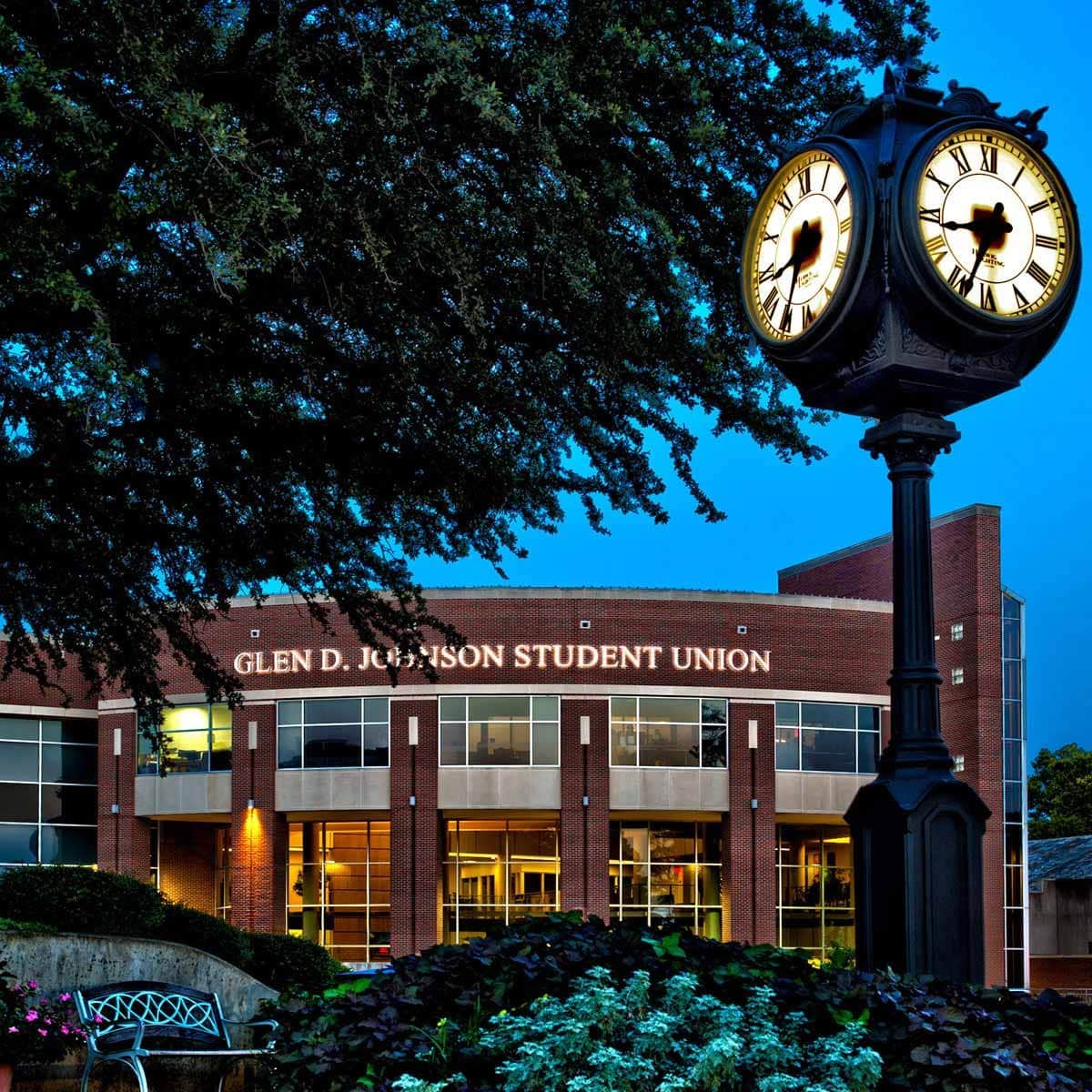
- Home
- News & Events
- Southeastern establishes Magnolia Preservation and Tree Renewal Plan
Southeastern Oklahoma State University has established a Magnolia Preservation and Tree Renewal Plan to ensure the preservation of The Campus of a Thousand Magnolias for generations to come.
“The Campus of a Thousand Magnolias moniker reflects the natural beauty of the Southeastern grounds and the traditions that have made our university a special place for generations of students and alumni,” said Southeastern interim president Dr. David Whitlock. “These trees are part of Southeastern’s identity, and preserving their legacy for future generations is a high priority.”
In recent months, the university engaged a certified arborist and formed a Task Force – including faculty from the Biology Department and other campus representatives – to ensure the continued health, beauty, and safety of magnolias and other campus trees.
Activities inside the Loop will begin promptly as part of Southeastern’s Magnolia Preservation and Tree Renewal Plan intended to extend the life of trees, ensure campus safety, and focus on proactive renewal and sustainability:
“Our Task Force has been purposefully considering the best practices for the preservation of heritage on campus while also looking towards sustainability and safety,” said interim vice president and Task Force lead Mark Bisson. “I’m proud of the work we’ve done already and look forward to the continued beautification of our campus in a thoughtful manner.”
“Safety and beauty are important to our campus, but this project also gives us an opportunity to plant native species that provide food and habitat for wildlife on campus,” noted Dr. Jake Pruett, associate professor of biology and chair of Southeastern’s biological sciences department. “The work of the Task Force is a huge step toward continued improvement of campus grounds while also ensuring responsible stewardship and sustainability of our campuses plant community.”
“These efforts will allow Southeastern to preserve what is beloved, renew what is fading, and build for the future—ensuring that the Campus of a Thousand Magnolias remains a place of beauty, safety, and distinction for generations to come,” Whitlock added.